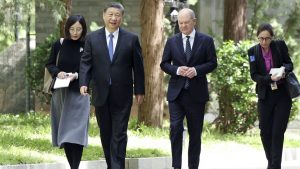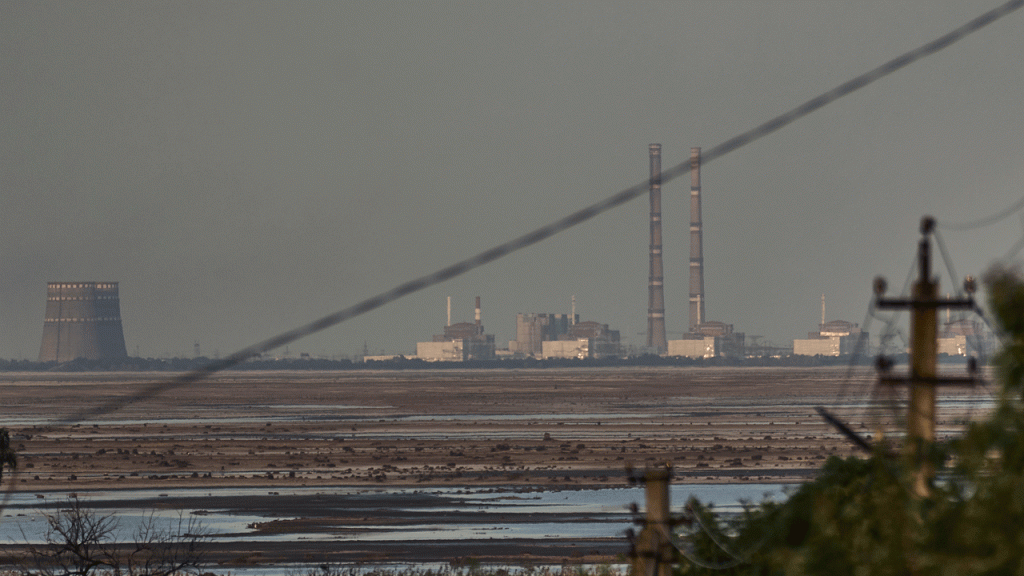Russia and Ukraine clashed at the United Nations Security Council over the attacks on the Zaporizhzhia Nuclear Power Plant, which the head of the International Atomic Energy Agency warned had brought the world dangerously close to a nuclear accident. The IAEA confirmed three attacks on the plant, which is located in Russian-controlled territory in southeastern Ukraine. The use of drones in the attacks made it difficult to definitively determine the responsible party. Fears of a nuclear catastrophe have loomed since Russian troops occupied the plant after invading Ukraine in February 2022, with continued fighting and strained supply situations increasing the risk.
The United States and its allies blamed Russia for the dangers at the Zaporizhzhia site, accusing Russia of not caring about the potential risks due to their forcible control over the plant. Russia, on the other hand, shifted the blame to Ukraine, claiming that recent attacks were intensified and not solely performed by their side. Ukraine’s U.N. ambassador called the attacks a well-planned false flag operation by Russia to divert attention from their invasion. The Zaporizhzhia plant, one of the world’s largest nuclear facilities, is located in an area of southern Ukraine affected by ongoing conflict, raising concerns of a potential nuclear disaster like the Chernobyl incident in 1986.
Despite the recent attacks, the Zaporizhzhia Nuclear Power Plant remained uncompromised, as it is designed to withstand significant impact. However, the plant’s reactors have been shut down for months, requiring power and qualified staff to operate critical safety systems. The ongoing conflict between Russia and Ukraine has prevented either side from making significant advances along the front line, resulting in a war of attrition characterized by the use of drones, artillery, and missiles. The Security Council meeting called by the U.S. and Slovenia aimed to address the escalating risks posed by the attacks on the nuclear plant, urging both parties to cease reckless actions and prevent a potential nuclear disaster.
The IAEA Director General stressed the significant risk posed by the attacks on the Zaporizhzhia plant, emphasizing the need for immediate cessation of such actions to prevent a radiological incident. The remote-controlled nature of the drones used in the attacks made it challenging to attribute blame definitively, highlighting the complexities of the situation. Both Russia and Ukraine have consistently accused each other of escalating tensions and compromising safety at the site, intensifying the conflict and threatening the stability of the region. The international community, represented by the Security Council, has been closely monitoring the situation and urging for diplomatic solutions to prevent further escalation and mitigate the risks posed by the attacks.
The volatile situation surrounding the Zaporizhzhia Nuclear Power Plant underscores the broader implications of the conflict between Russia and Ukraine, with the potential for a nuclear disaster adding to the already significant humanitarian and security concerns. The Security Council’s involvement in addressing the attacks reflects the global concern over the escalating risks and the need for a peaceful resolution to the conflict. The continued blame game between Russia and Ukraine further complicates the situation, highlighting the challenges of achieving a lasting ceasefire and preventing further acts of aggression. As tensions persist, the international community must work towards de-escalation and diplomatic solutions to avoid a catastrophic outcome at the Zaporizhzhia plant and ensure the safety of the region and the world at large.
















